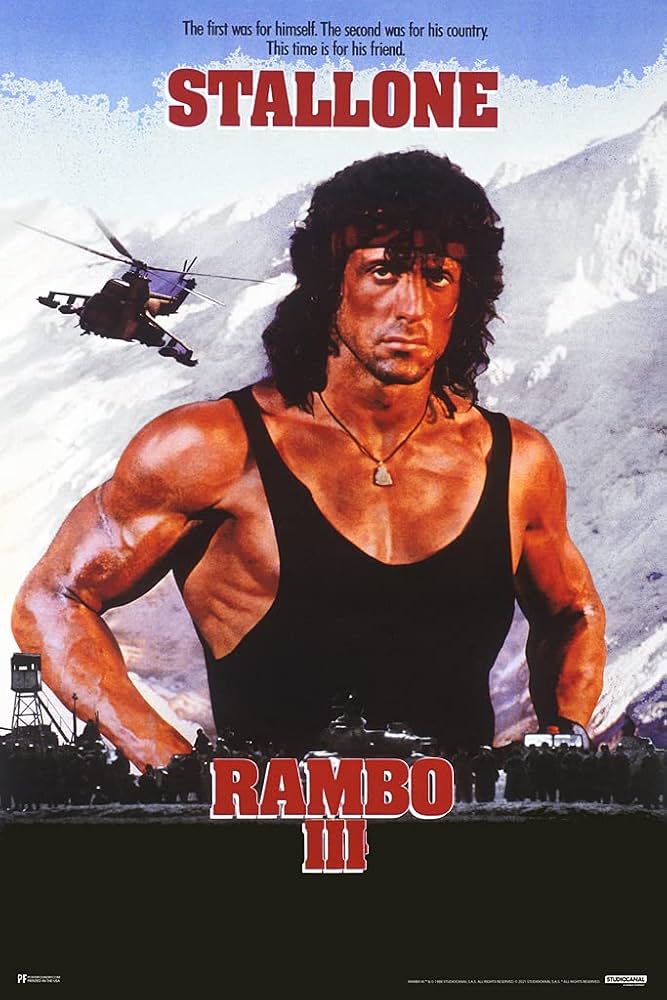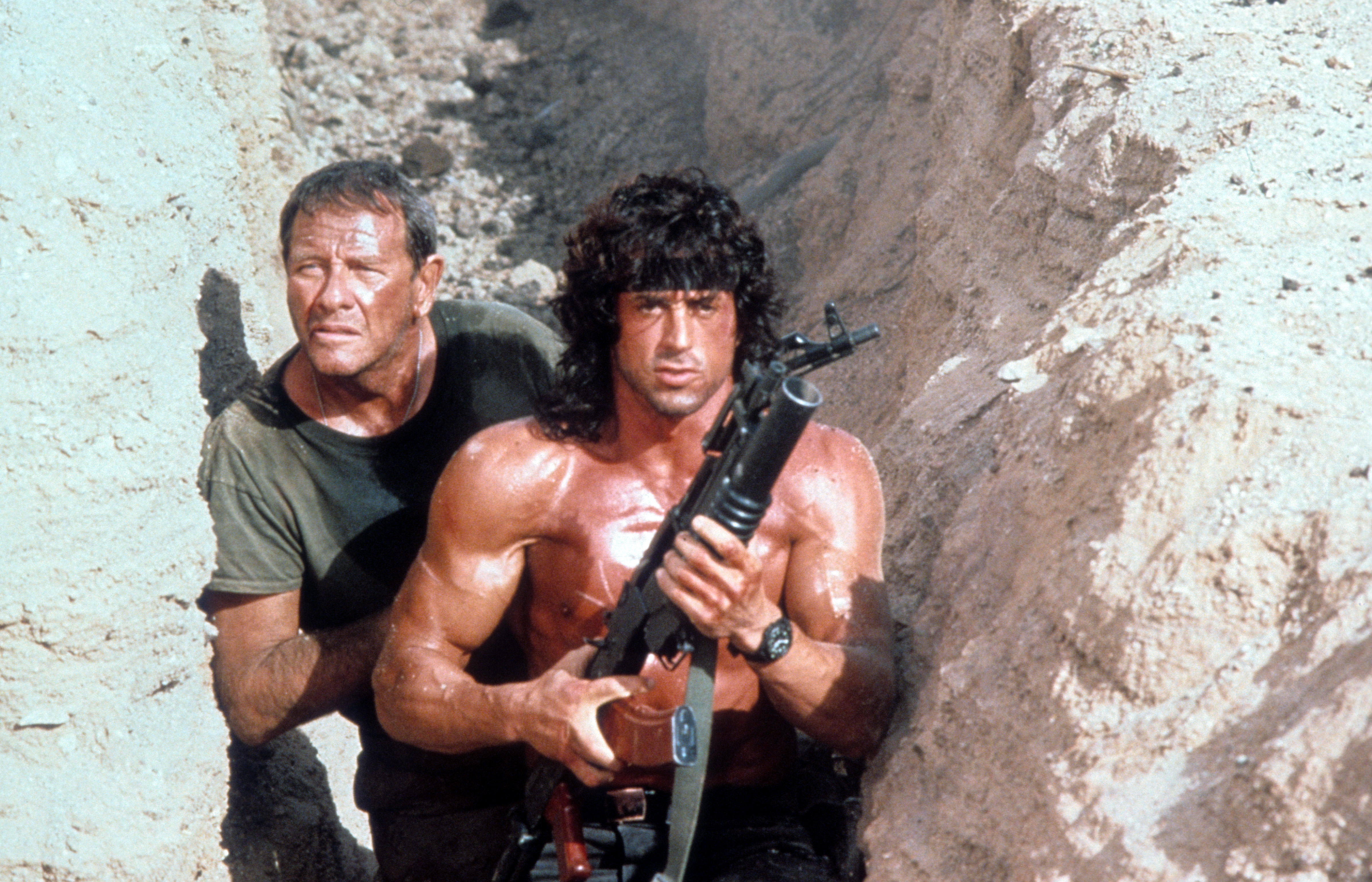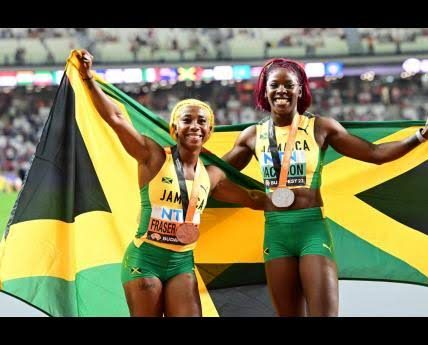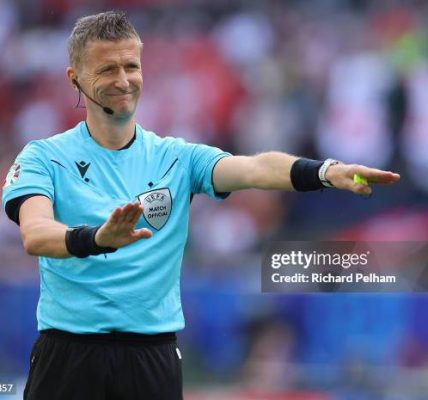Rambo 3 Controversial Timing Explained: Sylvester Stallone Opens Up About ‘Dangerous’ Press Backlash
Rambo III (1988): Why Its Timing Sparked Backlash
Sylvester Stallone’s third outing as John Rambo — Rambo III — is often discussed less for its action sequences and more for how poorly its release timing aligned with global politics.
In recent reflections, Stallone has described the film’s rollout as “very, very dangerous” owing to its geopolitical context. (IMDb)
Below is a breakdown of what went wrong — and why.
1. The Plot & Context
In Rambo III, Rambo travels to Afghanistan to rescue his former commander, Colonel Trautman, and wages war against Soviet forces aiding the Occupation. (Wikipedia)
The premise — pitting Rambo against the USSR in Afghanistan — was hardly unusual during the Cold War era; earlier films in the franchise similarly touched on communism, Vietnam, and U.S. foreign policy.
However, by the time the film came out (May 1988 in the U.S.), the political climate had shifted significantly. (Wikipedia)
2. Politics Shifted Under the Radar
Stallone acknowledged that when the film was being made, the Cold War’s dominant logic was still in place. But by release time, things had changed: (FandomWire)
“Russia, who had been in a cold war with us for 40 years, decided to come over, shake hands, kiss and make up. And now, everyone goes, ‘What is Stallone trying to do? Start another war with Russia?’” (FandomWire)
This warming of U.S.–Soviet relations (Gorbachev’s glasnost/perestroika, arms-reduction talks, etc.) meant that the film’s blunt anti-Soviet message felt out of step.
Some critics even saw the premise as “dated and explosive”. (IPA)
3. The Backlash & “Dangerous” Press Reaction
Stallone reports facing aggressive reactions during press events: boos, questions like “What are you trying to do?” and an overall sense that the film was tapping a live political wound. (FandomWire) He described things as “boiling hot.” (IMDb)
Why so intense?
-
The film’s depiction of Soviet troops invading Afghanistan came at a time when the narrative of Soviets = enemy was beginning to soften.
-
Audiences and pundits felt the film could exacerbate tensions rather than reflect the changing realities.
-
As one academic summary noted: “The film was forced to reconcile the new face of terrorism in the 1990s with its earlier depiction of the mujahideen as noble freedom fighters.”
-
Stallone himself admitted: “I was not happy with Rambo III. Who knew that the guys I go in and save have become Al-Qaeda and the guy I’m supposed to be talking to was Bin Laden; that was a bad move.” (The Indian Express)
4. Timing = Misfortune
Because of the above, the timing of Rambo III amplified its mis-step:
-
A film with an unabashedly anti-Soviet tone arriving while diplomatic thaw is underway is bound to look tone-deaf.
-
Audiences who might’ve viewed earlier Rambo films as straightforward action thrillers found this one touching on geopolitics in a moment when that geopolitics was shifting.
-
Box office aside, the critical reception was tough — many believed the film under-performed because its premise felt mis-aligned with the moment. (Wikipedia)
-
Stallone emphasizes that he never intended the character to be political — but the film “became one, it took on a life of its own.” (The Indian Express)
5. Legacy & Why It Still Matters
Though Rambo III is often remembered as perhaps the weakest in the original trilogy (commercially and critically), the real interest lies in what it says about filmmaking, politics & pop culture:
-
It underscores how action films aren’t immune to global shifts: being “right” one moment can become “wrong” the next.
-
It serves as a cautionary tale for filmmakers: understand context, anticipate change, and recognise the risk when real-world events overtake your storyline.
-
Stallone’s candour today reveals how even big names can mis-judge the moment: he admitted the danger, acknowledged the mis-alignment, and accepted the film’s unintended consequences.






